For the first time, scientists visualized how electrons behave during a chemical reaction, which could help reduce unwanted byproducts in future chemistry.
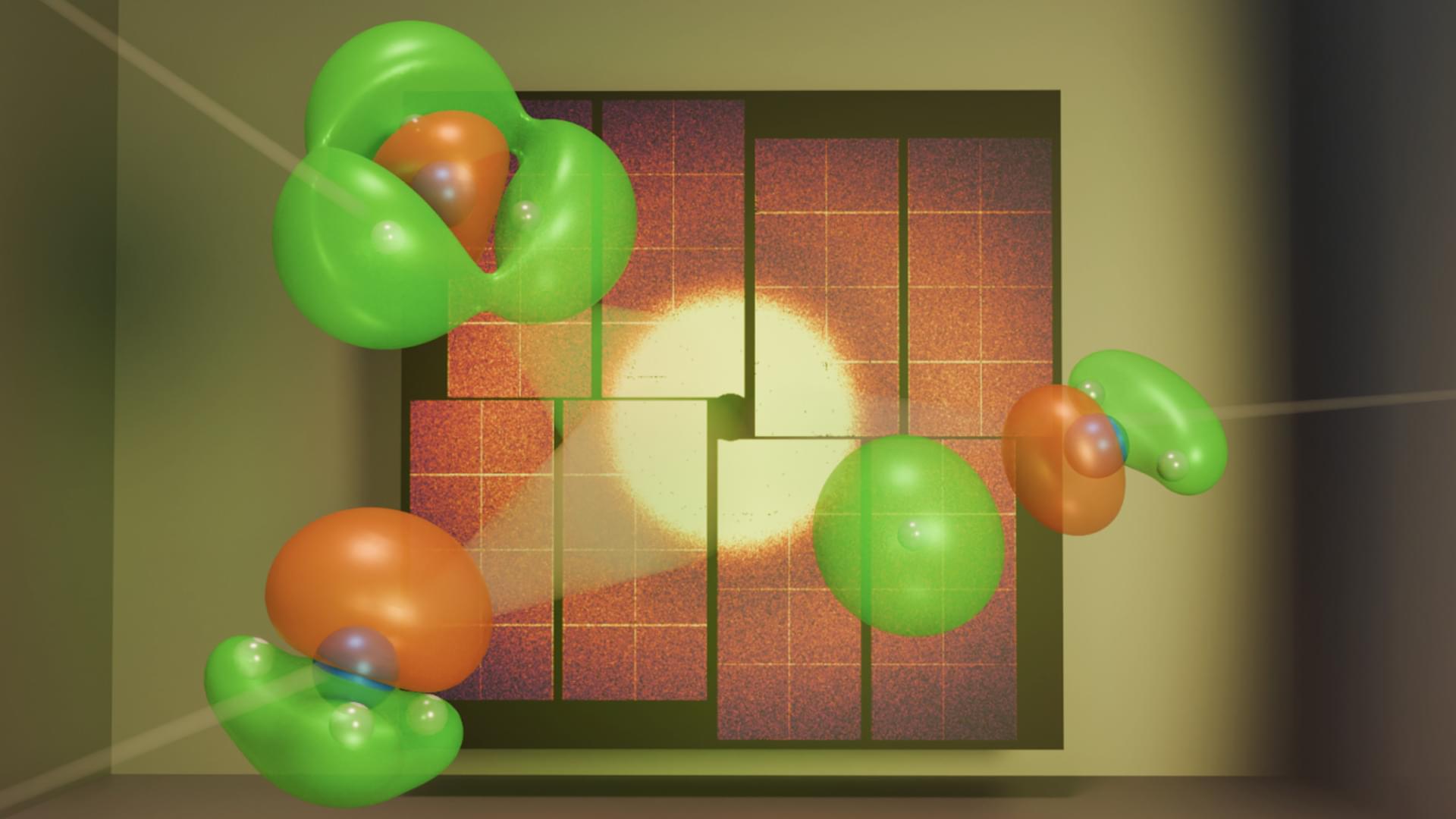

University at Albany chemists have created a new high-energy compound that could revolutionize rocket fuel and make space flights more efficient. Upon ignition, the compound releases more energy relative to its weight and volume compared to current fuels. In a rocket, this would mean less fuel required to power the same flight duration or payload and more room for mission-critical supplies. Their study is published in the Journal of the American Chemical Society.
“In rocket ships, space is at a premium,” said Assistant Professor of Chemistry Michael Yeung, whose lab led the work. “Every inch must be packed efficiently, and everything onboard needs to be as light as possible. Creating more efficient fuel using our new compound would mean less space is needed for fuel storage, freeing up room for equipment, including instruments used for research. On the return voyage, this could mean more space is available to bring samples home.”
The newly synthesized compound, manganese diboride (MnB2), is over 20% more energetic by weight and about 150% more energetic by volume compared to the aluminum currently used in solid rocket boosters. Despite being highly energetic, it is also very safe and will only combust when it meets an ignition agent like kerosene.

Learning how to study the leopard-like spots found on both terrestrial and Martian rocks can prepare scientists for when the real samples arrive from space. A curious red Martian rock nicknamed Sapphire Canyon has scientists excited, as its spotted appearance hints at possible organic origins. On Earth, researchers tested a powerful laser technique, O-PTIR, on a similar rock found by chance in Arizona, proving it can rapidly and precisely reveal a material’s chemical makeup. This high-resolution method could play a key role in analyzing Mars samples once they arrive, adding to its growing track record in NASA missions like Europa Clipper.
In 2024, NASA’s Mars rover Perseverance collected an unusual rock sample. The rock, named Sapphire Canyon, features white, leopard-like spots with black borders within a red mudstone and might hold clues about sources of organic molecules within Mars.
Here on Earth, in Review of Scientific Instruments, by AIP Publishing, researchers from Jet Propulsion Laboratory and the California Institute of Technology used a technique called optical photothermal infrared spectroscopy (O-PTIR) to study a visually similar rock. They wanted to determine if O-PTIR can be applied to the Sapphire Canyon sample when it is eventually brought here for study.
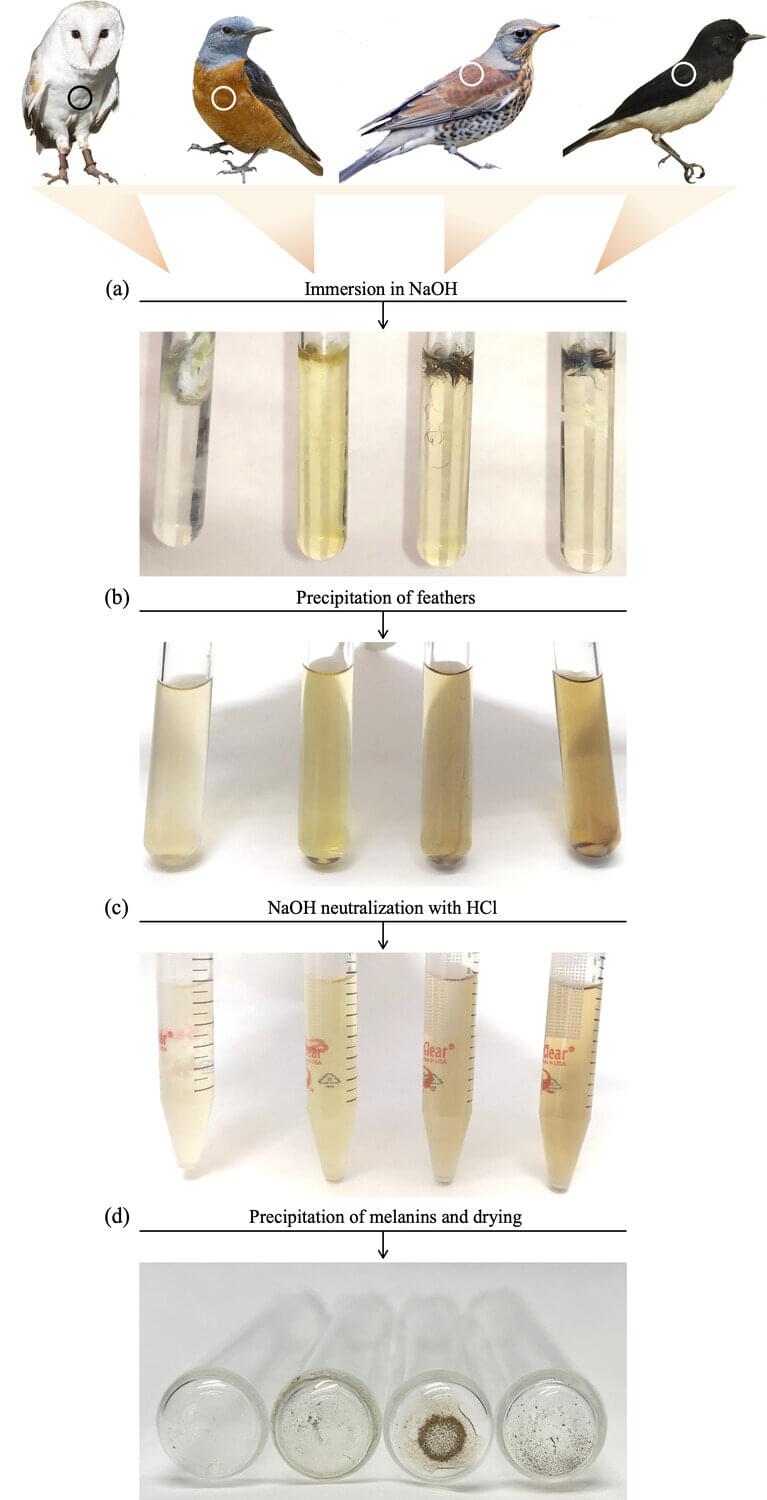
Birds are some of the most striking creatures on Earth, coming in a rainbow of colors that serve several important functions, such as attracting a mate and communicating with other birds. These vibrant hues are produced by pigments, primarily melanin, but a major unknown until now was how much these pigments weigh. Since wings need to be as light as possible for flight, understanding pigmentation weight may tell us something about the trade-off between the evolutionary benefits of colored feathers and the physical cost of carrying that weight.
In a new study published in the journal Biology Letters, scientists from Spain have investigated how much melanin adds to the weight of feathers and the difference in weight between the two main chemical forms of melanin—eumelanin (responsible for brown and black colors) and pheomelanin (responsible for reds and lighter colors).
The researchers analyzed the feathers from 109 bird specimens across 19 different species, including the common kingfisher (Alcedo atthis), the golden eagle (Aquila chrysaetos) and the Eurasian bullfinch (Pyrrhula pyrrhula). They examined feathers with mixed colors and those with single, pure colors, and used a chemical process involving sodium hydroxide or caustic soda, as it is more commonly known, to extract the pigments. Once extracted, they were weighed and compared to the original weight of the feathers.
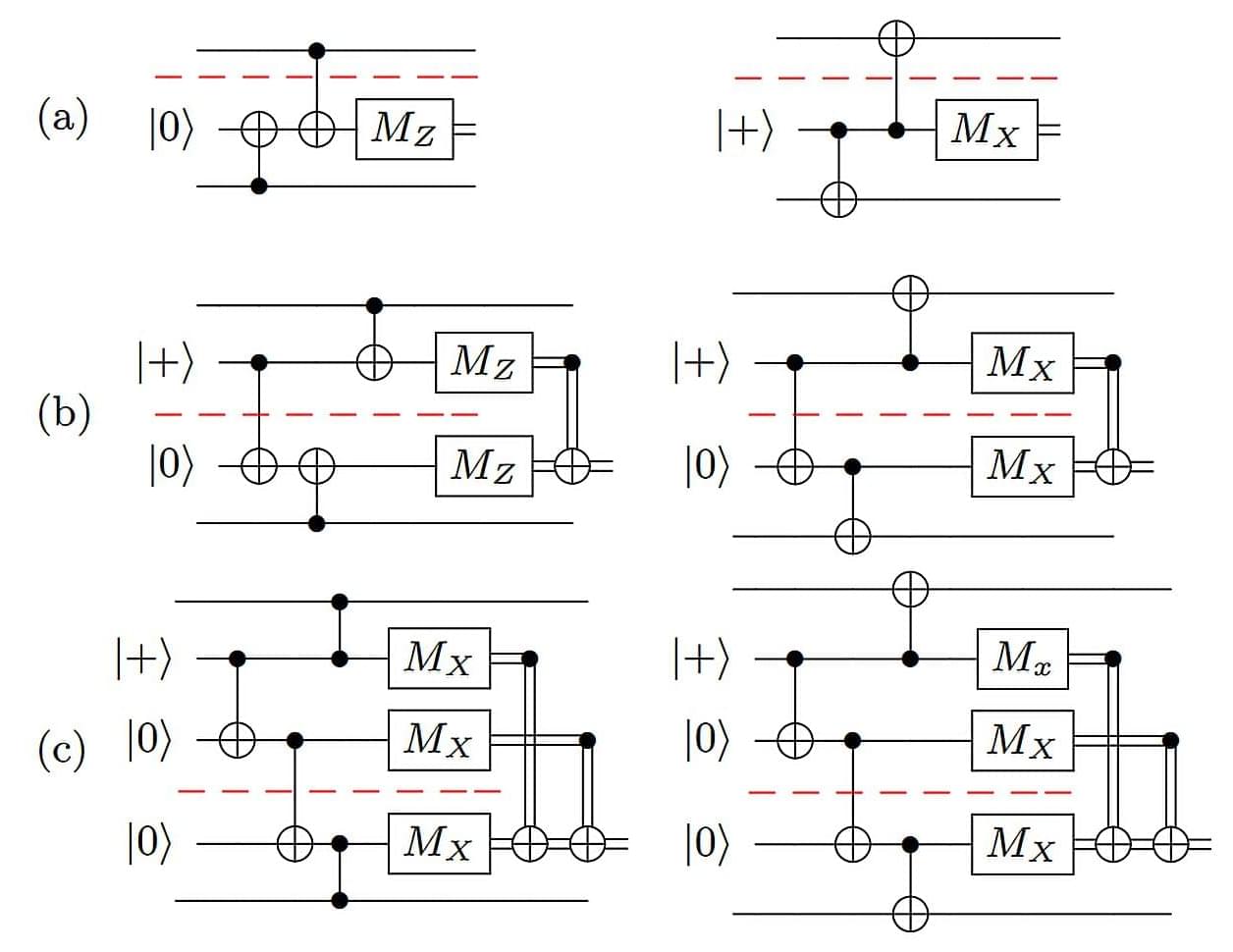
While quantum computers are already being used for research in chemistry, material science, and data security, most are still too small to be useful for large-scale applications. A study led by researchers at the University of California, Riverside, now shows how “scalable” quantum architectures—systems made up of many small chips working together as one powerful unit—can be made.
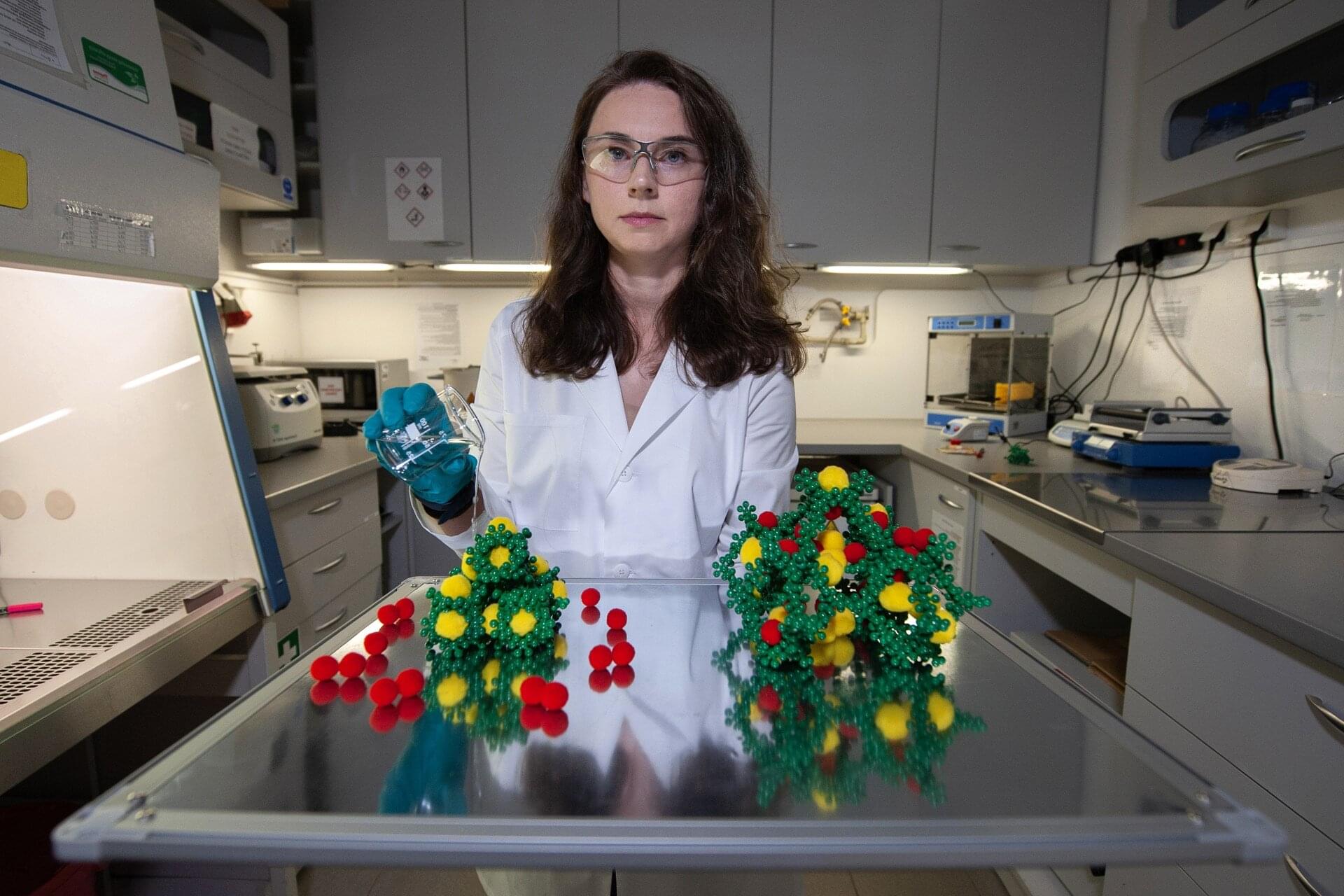
The development of highly complex chemical systems, self-assembled by the donor-acceptor and/or noncovalent interactions, lies at the core of supramolecular chemistry.
Recently, increasing attention has been paid to structurally adaptable molecular systems and robust noncovalent microporous materials (NPMs), also known as molecular porous materials (MPMs) or porous molecular crystals (PMCs), based on the self-assembly of discrete molecules driven by weak interactions. The utilization of molecular metal clusters as building units of NPMs is a promising strategy, combining the versatile functionality of organic and inorganic subunits with the softness and flexibility of molecular solids controlled by noncovalent interactions.
However, the development of robust porous functional frameworks based on self-assembly driven by noncovalent forces is still highly challenging.
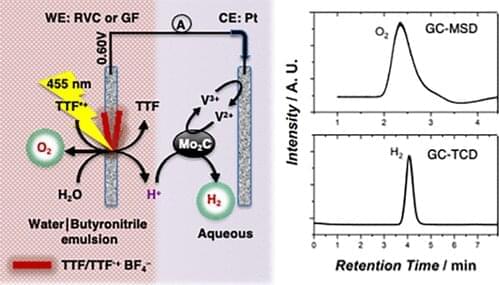
Chemical engineers at EPFL have developed a new approach to artificial photosynthesis, a method for harvesting solar energy that produces hydrogen as a clean fuel from water.
“Artificial photosynthesis is the holy grail of all chemists,” says Astrid Olaya, a chemical engineer at EPFL’s Institute of Chemical Sciences and Engineering (ISIC). “The goal is to capture sunlight, on the one hand to oxidize water to generate oxygen and protons, and on the other to reduce either protons to hydrogen or CO2 to chemicals and fuels. This is the essence of a circular chemical industry.”
With global energy demands increasing, we are in need of viable alternatives to fossil fuels, whose negative environmental impact has also become all too apparent. One of those alternatives is hydrogen, which can be consumed in simple fuel cells for energy, leaving behind only water.

The skin serves as an important barrier protecting the body from physical, chemical and pathogenic hazards as well as regulating the bi-directional transport of water, ions and nutrients. In order to improve the knowledge on skin structure and function as well as on skin diseases, animal experiments are often employed, but anatomical as well as physiological interspecies differences may result in poor translatability of animal-based data to the clinical situation. In vitro models, such as human reconstructed epidermis or full skin equivalents, are valuable alternatives to animal experiments. Enormous advances have been achieved in establishing skin models of increasing complexity in the past. In this review, human skin structures are described as well as the fast evolving technologies developed to reconstruct the complexity of human skin structures in vitro.

Compared with the energy-intensive Haber-Bosch process, renewable energy-driven electrocatalytic nitrate reduction reaction (NO3−RR) provides a low-carbon route for ammonia synthesis under mild conditions. Using nitrate from wastewater as the nitrogen source and water as the hydrogen source, this route has the potential to produce ammonia sustainably while mitigating water pollution.
Copper (Cu)-based catalysts show a good performance for NO3−RR to ammonia. However, they suffer from issues including high overpotential, competing nitrite (NO2–) formation, and low overall energy efficiency.
In a study published in ACS Catalysis, a team led by Prof. Bao Xinhe and Prof. Gao Dunfeng from the Dalian Institute of Chemical Physics (DICP) of the Chinese Academy of Sciences, along with Prof. Wang Guoxiong from Fudan University, proposed hydroxyl (*OH) adsorption as a selectivity descriptor for ammonia synthesis via NO3−RR over Cu catalysts.

Organic chemistry, the chemistry of carbon compounds, is the basis of all life on Earth. However, metals also play a key role in many biochemical processes. When it comes to “marrying” large, heavy metal atoms with light organic compounds, nature often relies on a specific group of chemical structures: porphyrins. These molecules form an organic ring; in its center, individual metal ions such as iron, cobalt, or magnesium can be “anchored.”
The porphyrin framework forms the basis for hemoglobin in human blood, photosynthetic chlorophyll in plants, and numerous enzymes. Depending on which metal is captured by the porphyrin, the resulting compounds can display a wide range of chemical and physical properties. Chemists and materials scientists have long sought to exploit this flexibility and functionality of porphyrins, including for applications in molecular electronics.
However, for electronic components —even molecular ones—to function, they must be connected to each other. Wiring up individual molecules is no easy task. But this is precisely what researchers at Empa’s nanotech@surfaces laboratory have achieved, in collaboration with synthetic chemists from the Max Planck Institute for Polymer Research.